Since this remote control unit (a UTB-YUB/GUB/TUB) doesn't have infrared, I couldn't just point an IR blaster at it. After some googling, I found a number of installation manuals and discovered the remote uses some sort of 1-wire (as in an actual single wire, not the protocol invented by Dallas Semiconductors) to do communication.
A few ebay searches later, and I found new remote control unit for $60 (from a supplier 20 km away), so I have a test unit that I can play with.
First step: Work out how this thing comminucates with the outside unit...
 Myles Eftos
Myles Eftos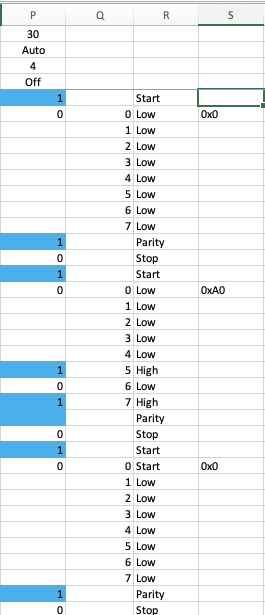
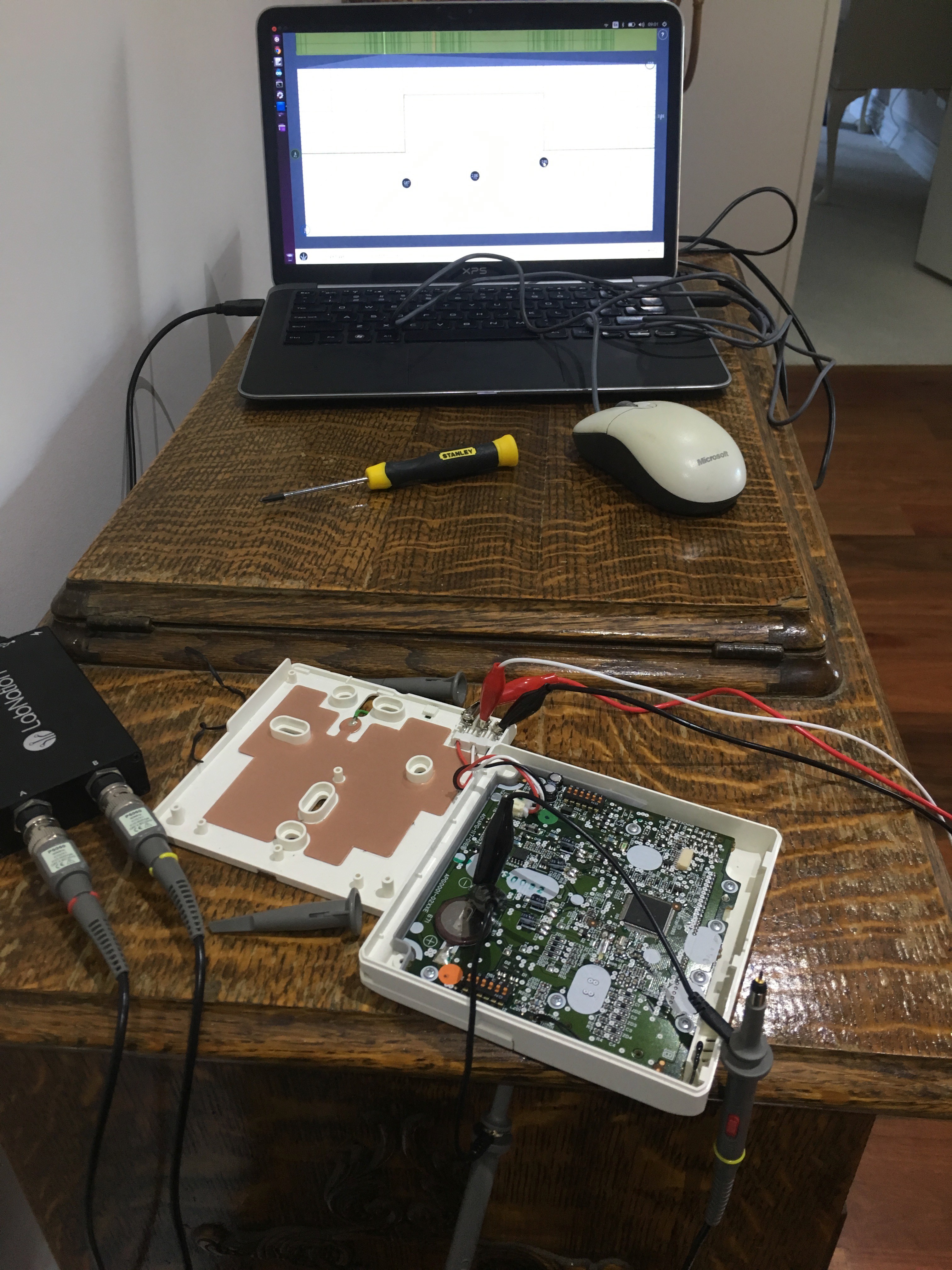
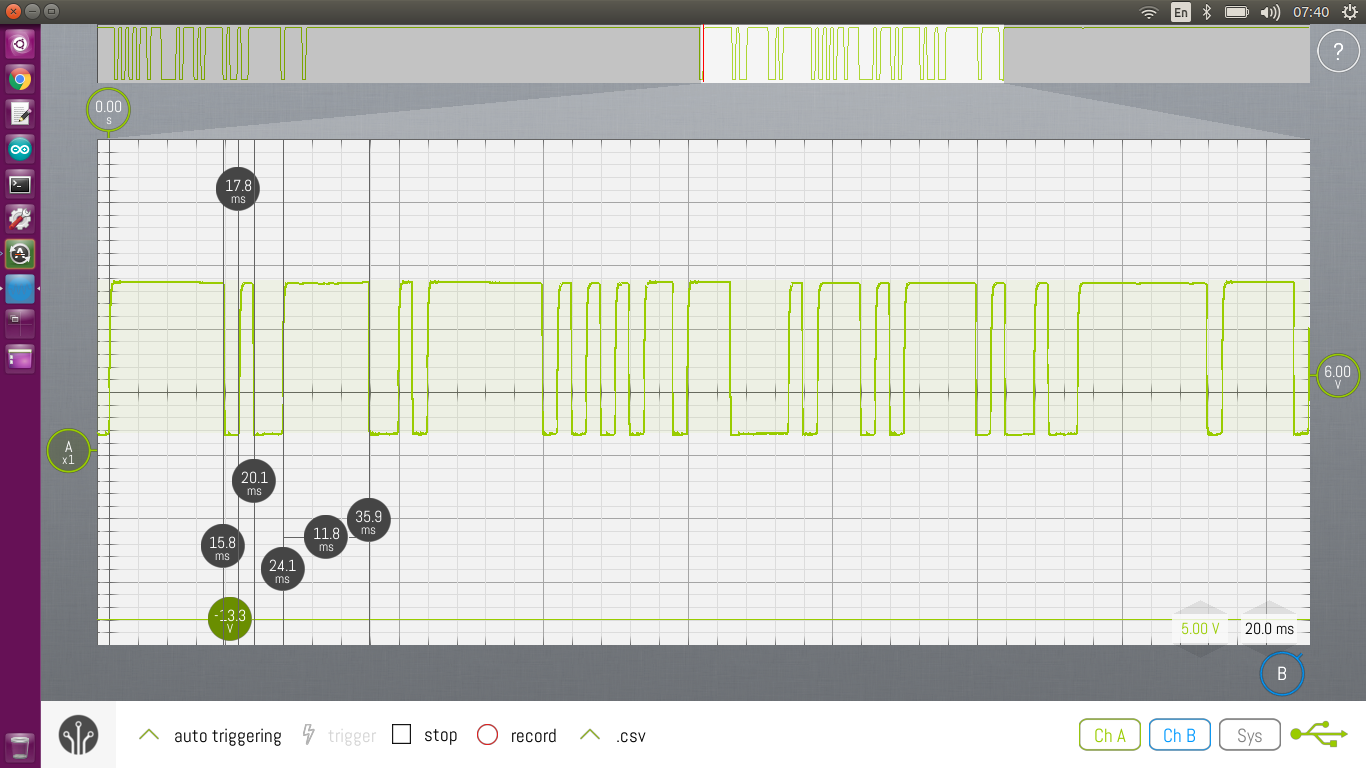
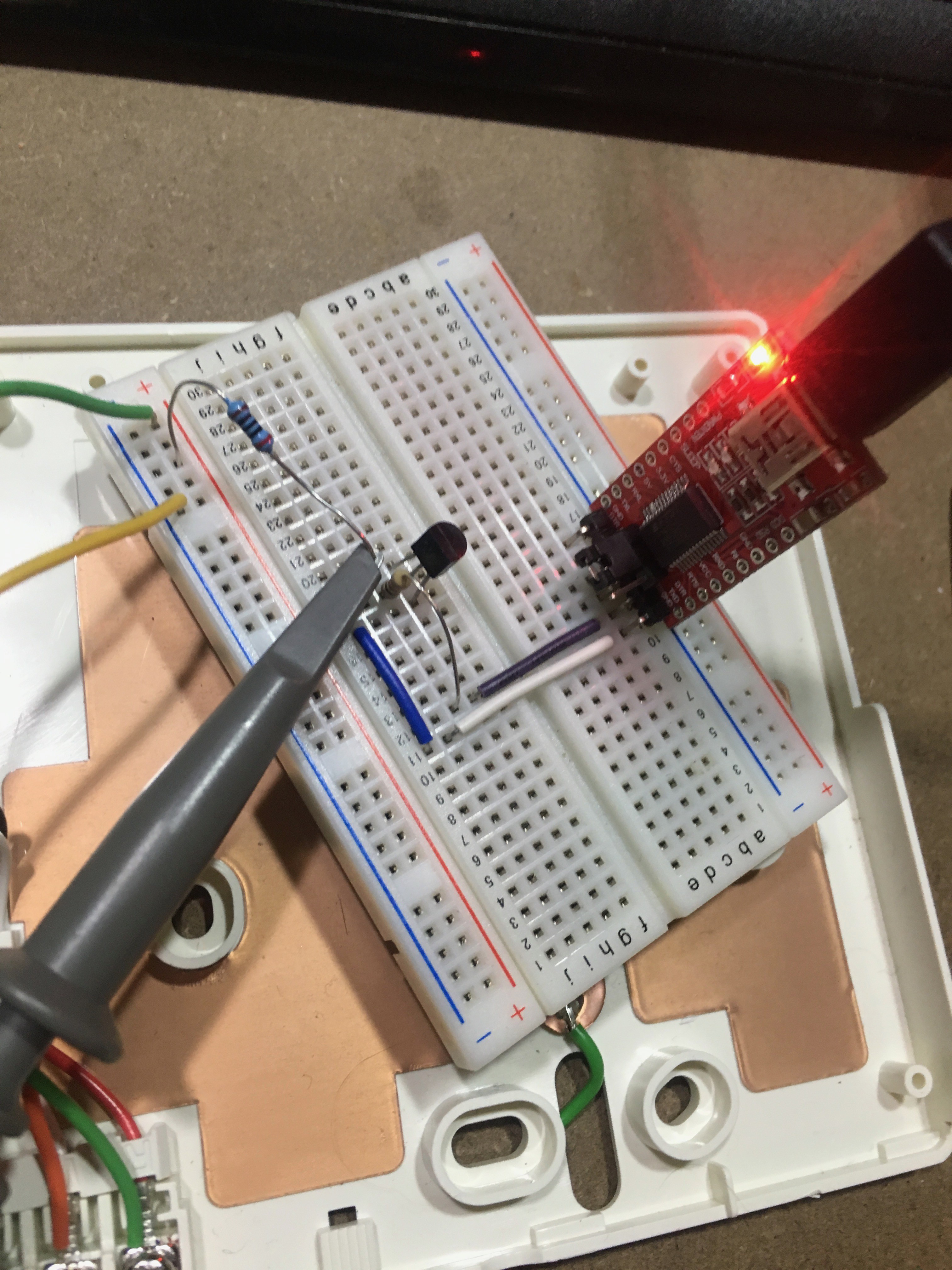
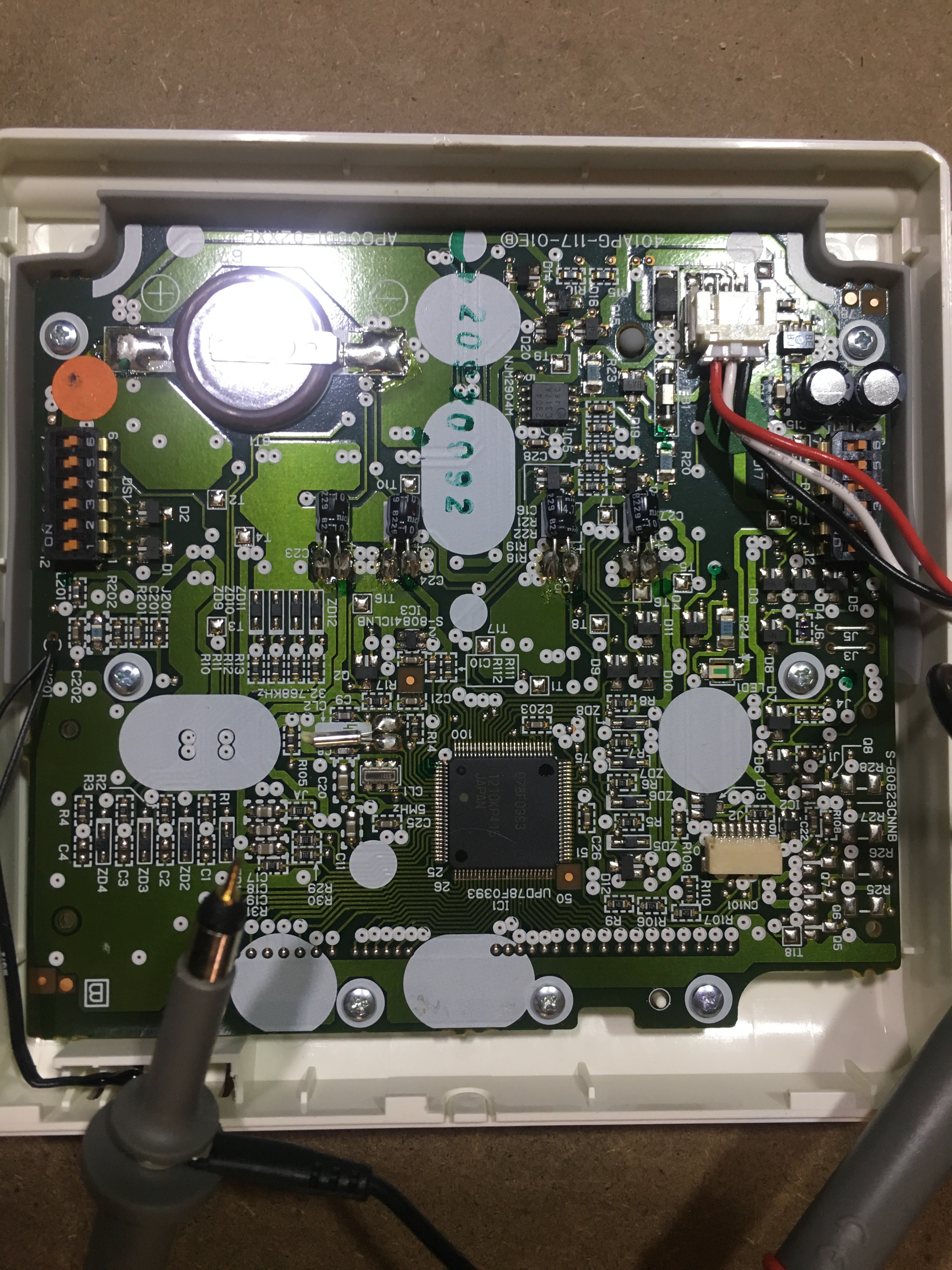
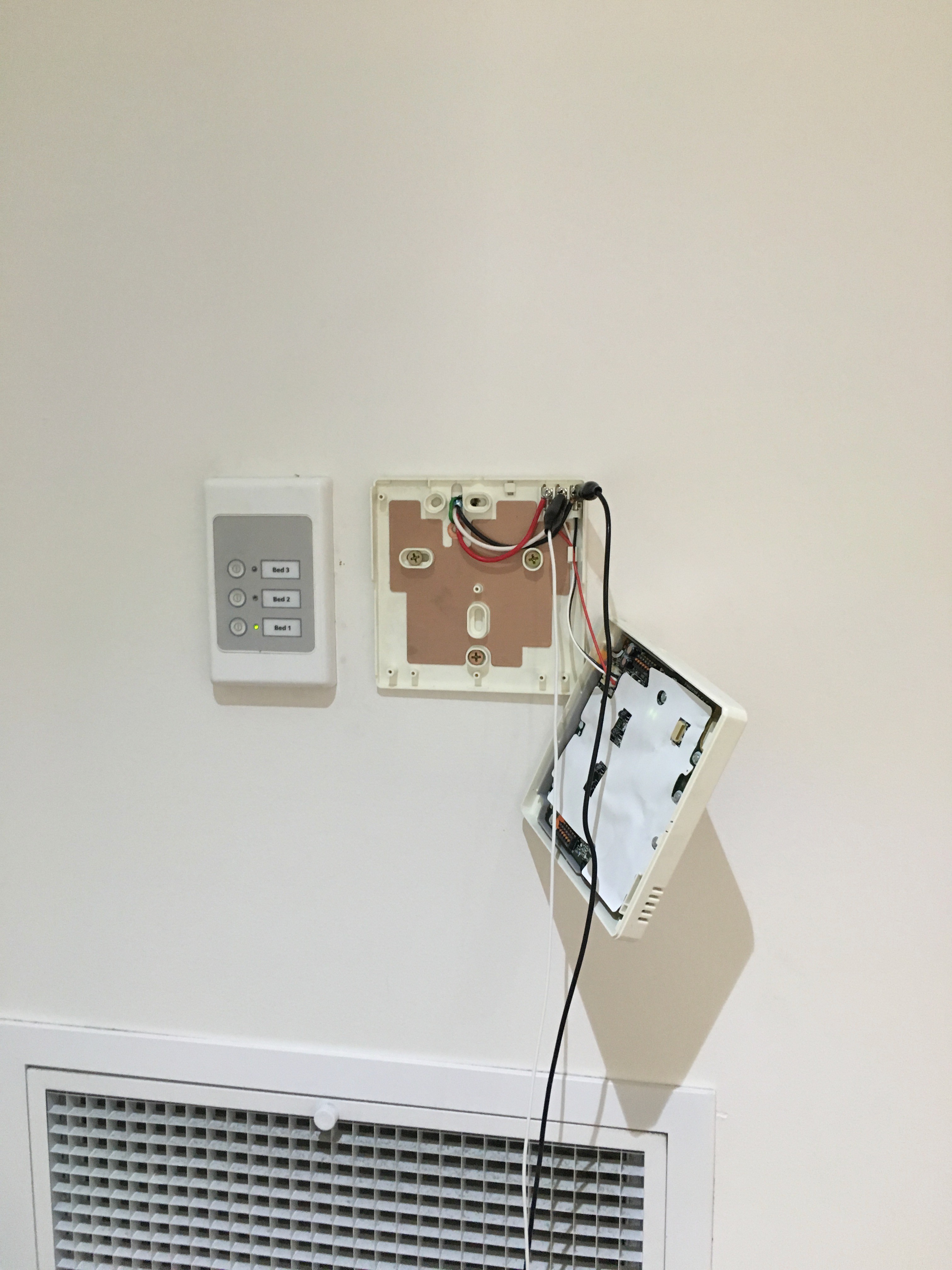
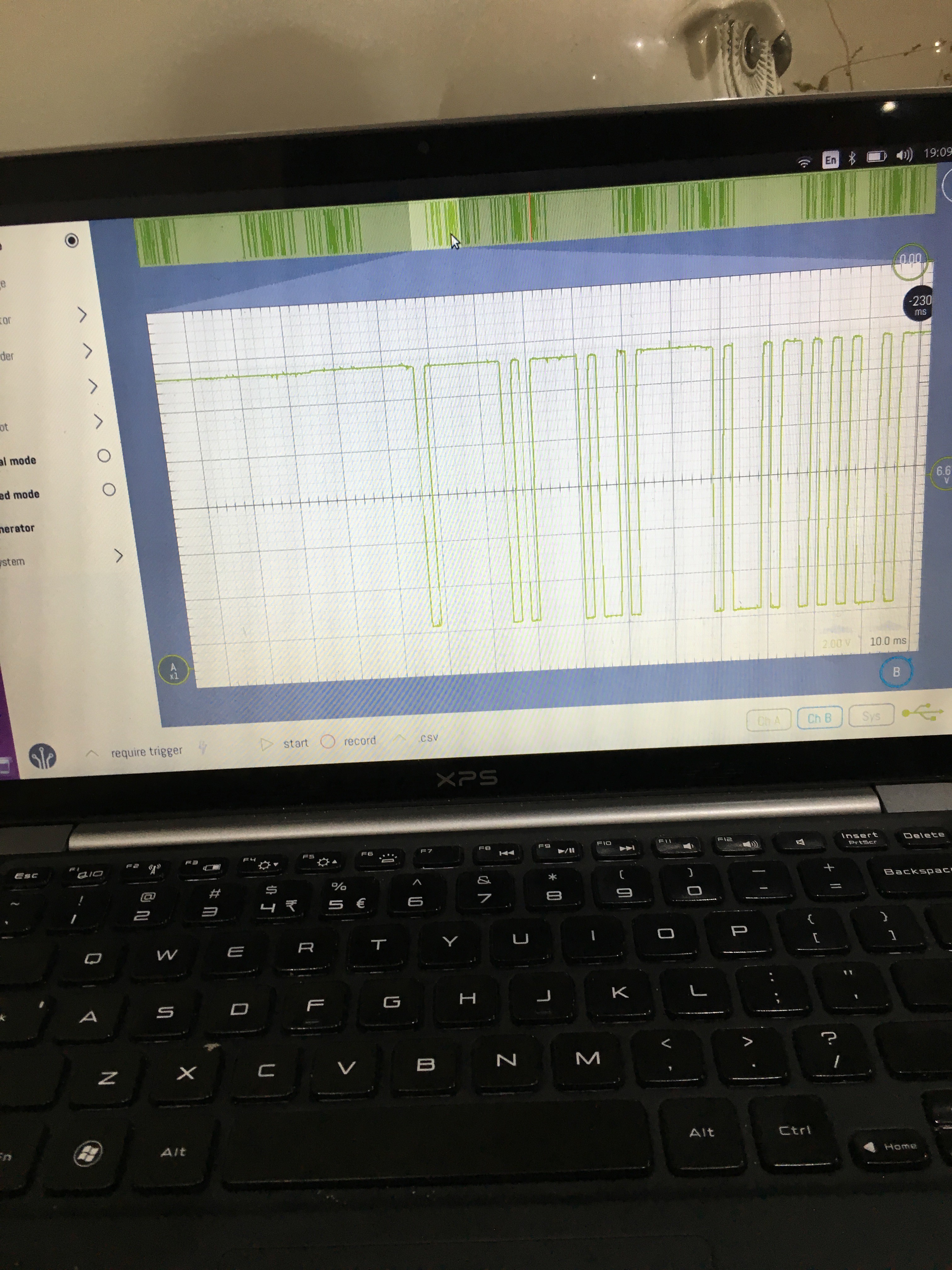
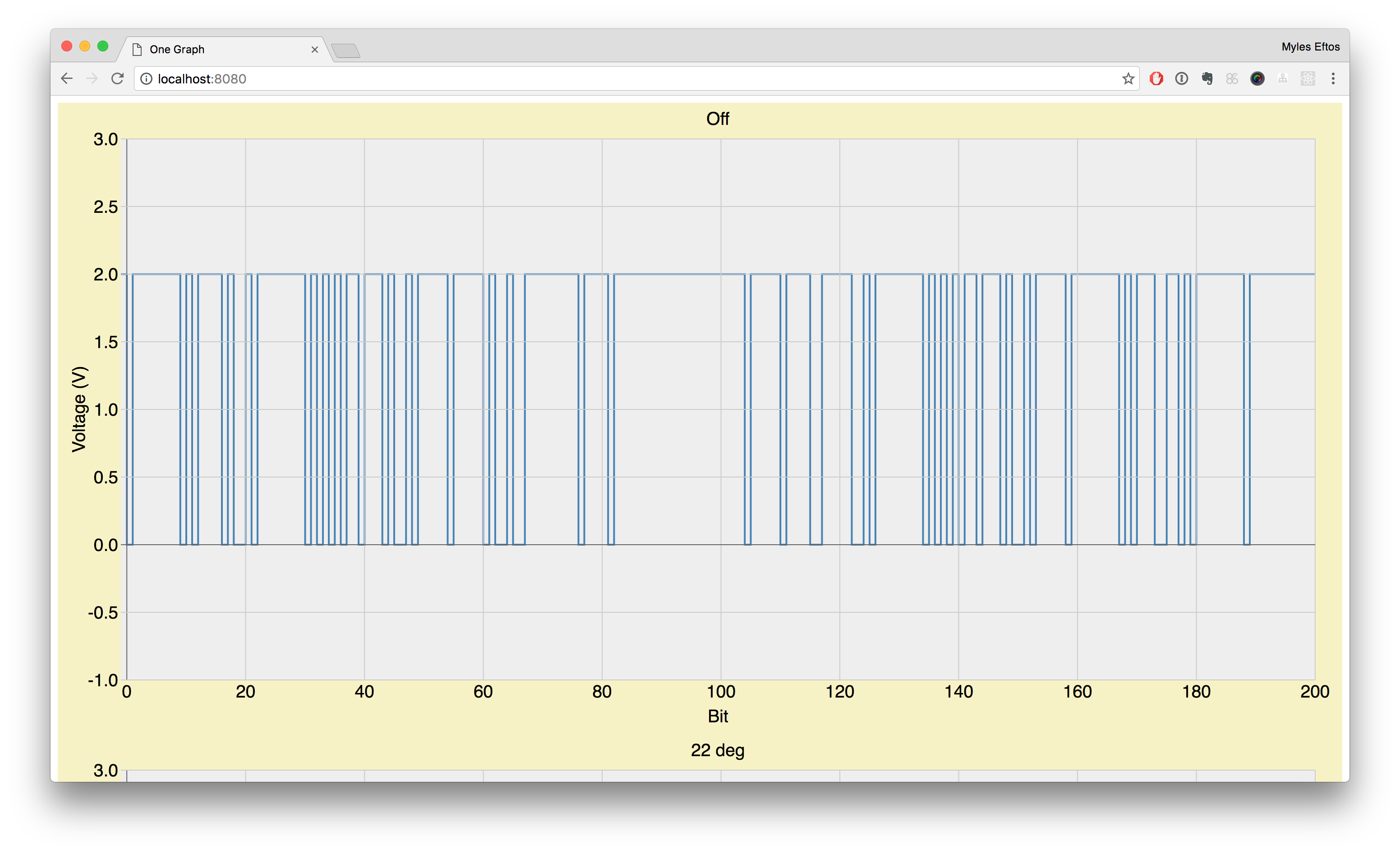











Thanks for sharing this project. It's really interesting.
I have applied the hardware to my General brand air conditioner, which uses the EZ-0001HSEFR wired remote control. Unfortunately the protocol it uses is not the same as that of the UTY-RNNGM remote control unit. The only information I found is that it uses an older version of the protocol. If anyone has any information about this protocol it would be appreciated.